New Year festivals in Vietnam reflect a diverse picture, where the past and present coexist and intersect. In the modern context, preserving and promoting festivals requires flexible strategies to both preserve identity and adapt to new social needs.
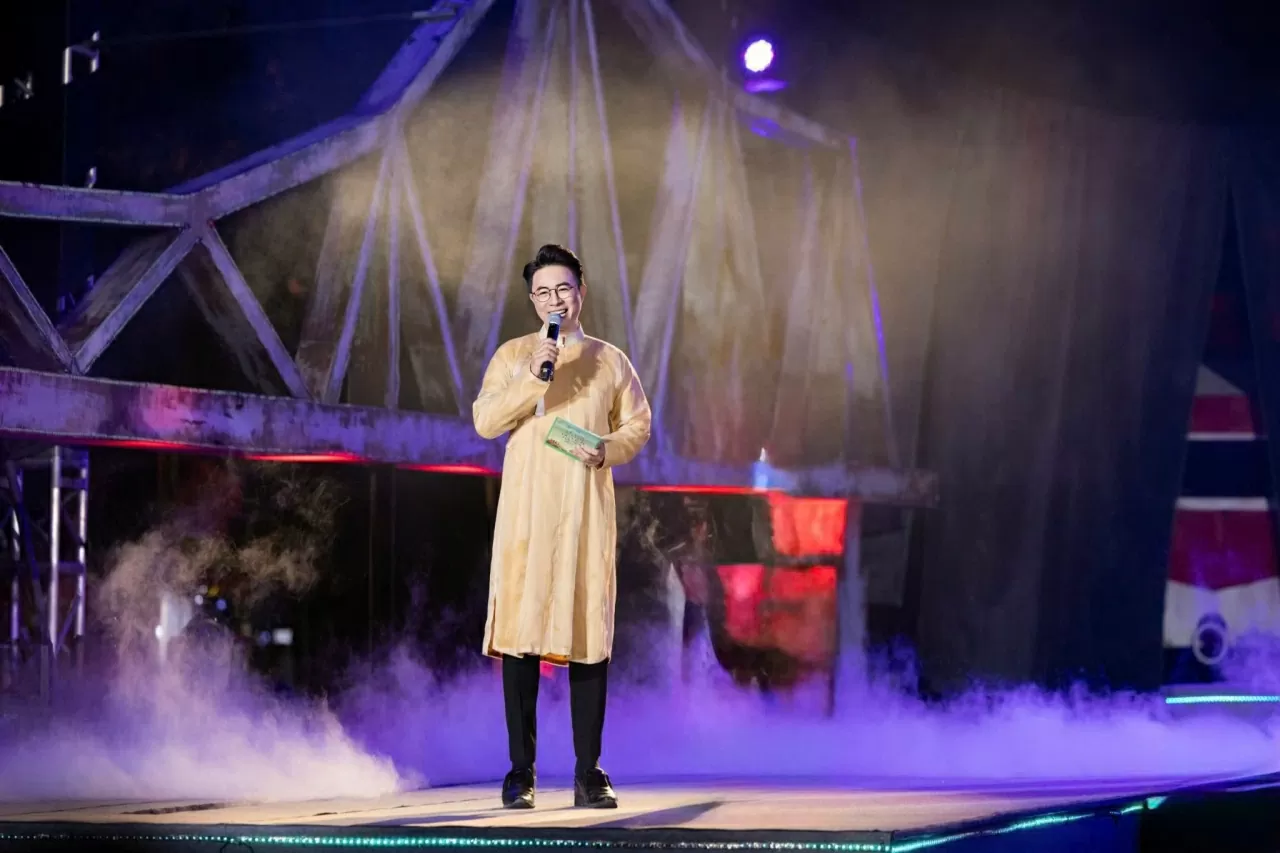 |
| Dr. Trinh Le Anh stated that preserving and promoting traditional festivals are two parallel tasks that cannot be separated in the modern context. (Photo: NVCC) |
Every spring, Vietnam is bustling with thousands of traditional festivals, reflecting the richness and diversity of national culture. According to statistics from the Ministry of Culture, Sports and Tourism, each year, the country has about 8,000 festivals of all kinds, demonstrating the diversity, richness, and uniqueness of each ethnic group, region, and area, associated with specific geographical and historical factors.
Nationwide, the total number of domestic tourists during the Lunar New Year 2025 is estimated at 12.5 million, an increase of about 19% over the previous year. Ho Chi Minh City leads with about 2.1 million visitors, followed by Quang Ninh with 969,000 visitors. These figures partly show the strong attraction of early-year festivals for both domestic and international tourists because one of the main types of tourism at the beginning of the year is festival tourism.
Major festivals such as Huong Pagoda (Hanoi), Tran Temple (Nam Dinh), Hung Temple (Phu Tho), Lim Festival (Bac Ninh) are always on the list of most popular destinations. According to statistics from the Hanoi Department of Tourism, Huong Pagoda alone welcomed nearly 150,000 visitors in the first week of the festival, showing that the demand for pilgrimage and cultural experiences is still very strong in modern life.
Preserving and promoting traditional festival heritage
Preserving and promoting traditional festivals are two parallel tasks that cannot be separated in the modern context. According to cultural researchers, preserving festivals is not only about maintaining traditional rituals but also about protecting cultural spaces, maintaining community memory and local identity. UNESCO also emphasizes that preserving intangible heritage must go hand in hand with adapting to contemporary society, ensuring that heritage continues to be meaningful to the community in a constantly changing context.
Promoting heritage always requires innovation and creativity, so that festivals are not only ritualistic but also have real vitality in modern social life, when the festival audience also needs to be "rejuvenated". Anthropologist Kirshenblatt-Gimblett pointed out that "heritage is not only something to be preserved but also a resource that can be regenerated and used to create new values". This is especially important when considering the development of festivals in the current context of cultural economy and tourism.
In Vietnam, many solutions have been implemented to both preserve and promote traditional festivals. Some major festivals such as the Hung Temple Festival (Phu Tho) or the Giong Festival (Hanoi) still maintain important rituals, helping to consolidate the community and preserve national identity. At the same time, heritage education programs have been organized in many schools to raise awareness among the younger generation about the cultural value of festivals. The digitization of festival documents is also being implemented to preserve cultural memories and create a long-term research foundation.
In addition, many festivals have made progress in combining tourism and performing arts. For example, the Tan Vien Son Thanh festival not only recreates the palanquin procession ritual but also incorporates performing arts programs, helping visitors approach heritage in a more vivid way. The model of tourism combined with festival experiences, such as at the Khau Vai love market (Ha Giang), has contributed to preserving national culture but at the same time created momentum for local economic development.
However, Vietnam is still in the middle of perfecting its strategy for preserving and promoting traditional festivals. Some festivals have had certain successes in protecting their identity and combining development, but there are still major challenges such as excessive commercialization, the risk of ritual distortion and lack of close supervision in organization. The problem is how to preserve without freezing the heritage, and at the same time promote without losing the core values of the festival. This will be an important orientation to ensure that traditional festivals continue to be an indispensable part of Vietnamese cultural life in the new era.
Cultural industry and the problem of commercializing traditional festivals
Traditional festivals have long been sacred, closely associated with spiritual elements and community beliefs. However, in modern times, the preservation of the "sacredness" of heritage is facing major challenges from commercialization and the impact of the market economy. Some traditional festivals such as the pig-slaughtering festival in Bac Ninh or the Do Son buffalo fighting festival have caused much controversy about their authenticity as well as the role of rituals in contemporary life. On the one hand, these rituals reflect the worldview and customs of local people; on the other hand, they are also criticized as being offensive or no longer suitable for today's society.
The commercialization of festivals does not stop at selling spiritual items but also involves the way festivals are "created" to serve the needs of tourism and entertainment. Many festivals tend to commercialize beliefs, turning festivals into "belief" business spaces through forms such as selling seals, selling amulets, or organizing overly commercialized activities. This raises the question: how to exploit the economic value of festivals without losing their inherent sacred identity?
However, some new models are emerging to control this problem. Tam Chuc Pagoda (Ha Nam) has applied an electronic payment system, limiting cash to minimize negative effects in the religious space. In addition, Bai Dinh Pagoda (Ninh Binh) has also implemented measures to manage spiritual tourism services in a more civilized direction, limiting the situation of soliciting customers and rampant sales.
In addition, the Yen Tu festival (Quang Ninh) has made improvements in its organization, such as strengthening guidance for tourists to practice their beliefs properly and reducing the widespread exchange of small change. Some localities have experimented with re-planning business areas, only allowing sales in designated areas to avoid encroaching on the sacred space of the festival.
In general, the commercialization of festivals is an inevitable trend in the context of tourism and cultural industry development. However, without proper management, this can change the nature of cultural heritage. Vietnam needs flexible policies to both exploit the economic potential of festivals and preserve the original values and sacred spaces of heritage, ensuring that festivals are not just commercial events, but still retain the cultural spirit and deep beliefs of the community.
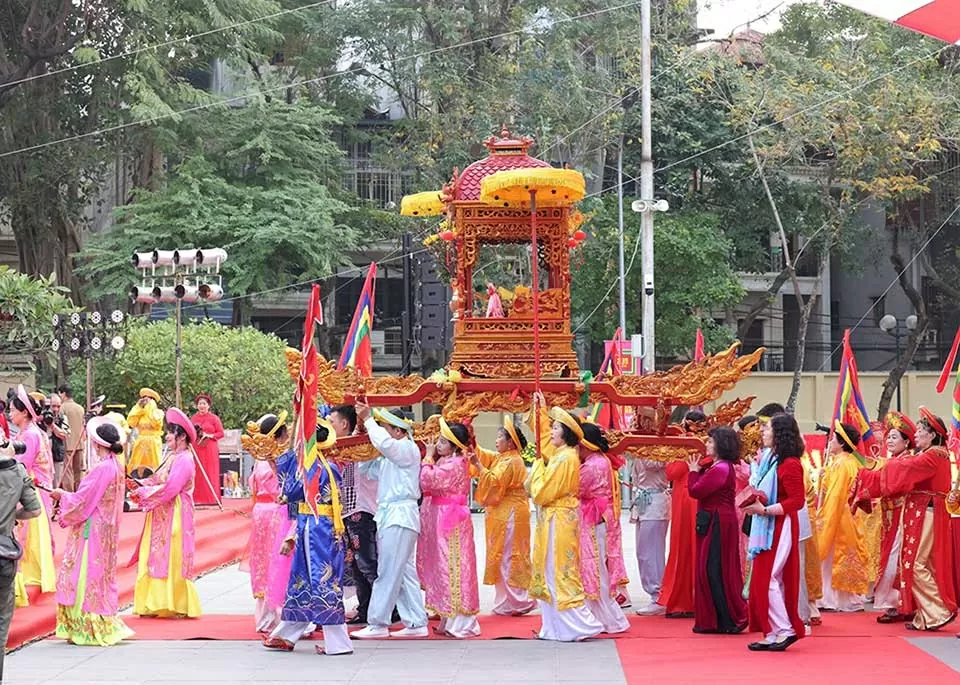 |
| Dong Da Mound Festival is the first festival, opening the 2025 At Ty spring festival season in Hanoi. (Source: Lao Dong) |
Preserving originality and creativity in traditional festivals
Preserving the authenticity of traditional festivals is a major challenge in the context of modernization and globalization. According to many researchers, a festival is considered authentic not only based on its ritual form but also depends on the way the local community organizes, participates in and inherits its cultural values. UNESCO also emphasizes that preserving intangible heritage is not only about maintaining the status quo but also ensuring the ability to adapt so that it continues to be meaningful to community life.
A typical example is the Gióng Festival (Sóc Sơn, Hà Nội), recognized by UNESCO as an Intangible Cultural Heritage of Humanity. Although the main rituals such as the palanquin procession, the sacrifice, and the performance of the battle of Thánh Gióng are still preserved, in recent years, some changes in the way the festival is organized have sparked debate about whether the festival is gradually losing its original identity. Some opinions say that a serious preservation strategy is needed, while others emphasize that adjusting to the contemporary context is inevitable so that the festival does not become unfamiliar to the new generation.
Besides preservation, creativity in traditional festivals is also an important factor to help festivals continue to be vibrant and attract the younger generation. Some festivals such as the Ao Dai Festival in Hue or the City of Light Festival in Hoi An have been creative in their expression, both bringing cultural value and attracting tourists. The Ban Flower Festival in Dien Bien, originally a festival of the Thai people, is now combined with contemporary art activities, tourism fairs and sports events, contributing to increasing cultural and economic value.
However, festival innovation also raises the question: What are the limits of innovation? Some festivals, when expanding their scale to attract tourists, have changed the original ritual or added entertainment elements, sometimes to the detriment of their sacredness. For example, the gradual shift of some traditional festivals to organizing activities that are too performance-oriented and lack real community participation can make the festival become more of a “tourism product” than a living cultural practice.
In general, the problem of preserving and creating traditional festivals requires a delicate balance. If preserved rigidly, the festival risks being “frozen” and gradually losing its connection with modern society. On the contrary, if innovated too much, the festival can be transformed into a purely entertainment event, losing its original value. Therefore, the management and organization of festivals requires the participation of the government, the community and cultural researchers, to ensure that each innovation is based on a solid cultural foundation and is carried out consciously to preserve the spirit of the heritage.
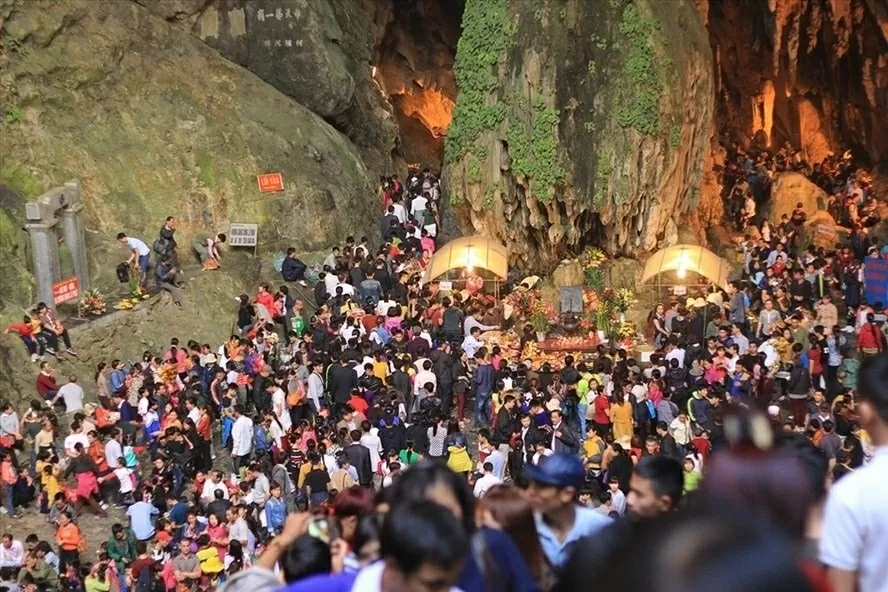 |
| The Huong Pagoda Festival carries the religious beauty of the North and is an occasion for many tourists to pray for good luck at the beginning of the year. (Source: Lao Dong) |
Festivals and tourism: Organic or one-way relationship?
Festivals and tourism have a close relationship, in which tourism contributes to the liveliness of festivals, bringing heritage closer to the public, while festivals create unique experiences that attract tourists. However, the question is whether the development of tourism changes the nature of festivals or not?
Nowadays, many traditional festivals in Vietnam have been exploited as important tourism products. For example, the Hung Temple Festival not only attracts millions of pilgrims but is also a cultural tourism highlight with historical reenactment programs, document exhibitions, combined with experiential tourism. Similarly, the Lim Festival (Bac Ninh) today is not only a space for local people to exchange Quan Ho but also a destination that attracts tourists who love folk music.
However, excessive intervention of tourism elements in festivals can change the nature of the ritual. Some festivals, instead of preserving the sacred cultural space, are commercialized, becoming purely entertainment events. This requires reasonable regulation and management from the government and the community to ensure that the festival retains its original identity without being transformed by tourism demand.
Some good models have emerged, such as the management of the Tay Thien festival (Vinh Phuc) in the direction of combining spiritual pilgrimage and eco-tourism, helping visitors have a complete experience while still preserving the sacred space. Or the Central Highlands Gong Festival, with the participation of many ethnic communities, has been organized in a way that respects traditional rituals while still attracting tourists.
In general, festivals and tourism can develop harmoniously if there is proper planning and management. The core issue is not whether to exploit tourism in festivals or not, but how to develop tourism on the basis of preserving the core cultural values of festivals.
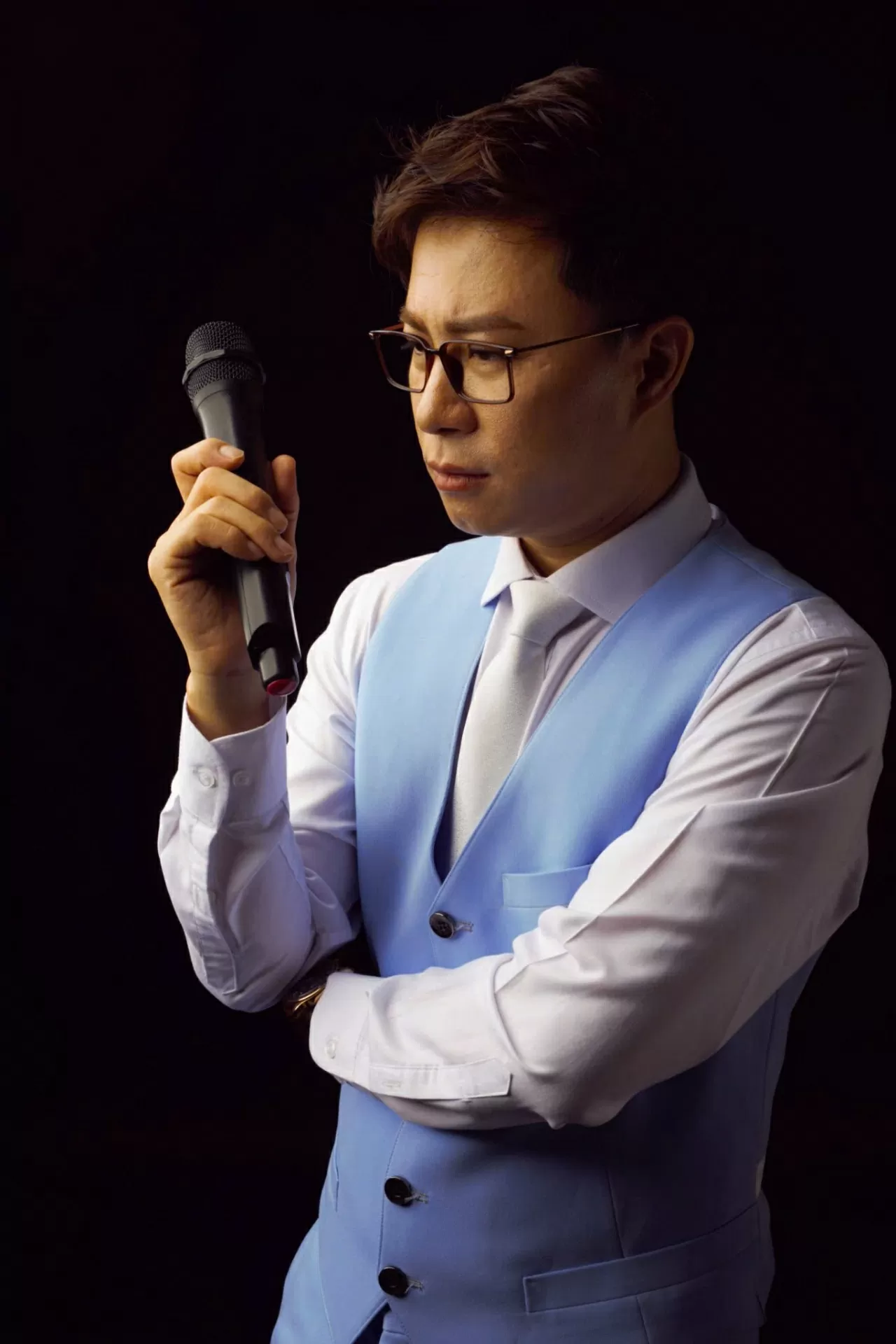 |
| Dr. Trinh Le Anh believes that festivals and tourism can develop harmoniously if there is proper planning and management. (Photo: NVCC) |
Festivals for the new generation of Vietnamese: Preserve or change?
The question is: With the change in the concept, lifestyle and needs of the younger generation, do traditional festivals still hold an important place in their spiritual life? Nowadays, many young people see festivals as an occasion for fun rather than an event associated with beliefs and community. This leads to a trend of change in the way festivals are organized to suit the younger audience.
For example, instead of static forms of organization, many festivals have begun to incorporate modern technology to create more engaging experiences. The Hue Light Festival, with its use of 3D mapping to recreate the history of the royal court, is a testament to innovation while still maintaining the spirit of heritage. Some other festivals, such as the Buckwheat Flower Festival (Ha Giang), have also been flexible in integrating indigenous culture with activities that attract young people such as music and traditional fashion shows.
However, this adaptation also poses challenges. If too many changes are made to suit modern tastes, will the festival still retain its identity? It can be seen that, in order for the festival to continue to attract the younger generation, there needs to be a balance between preserving traditional values and innovating the form of organization. Festival models that combine heritage elements with contemporary creativity will be a viable direction for the future of Vietnamese festivals.
New Year festivals in Vietnam reflect a diverse picture, where the past and present coexist and intersect. In the modern context, preserving and promoting festivals requires flexible strategies to both preserve identity and adapt to new social needs. Cultural industry, tourism and the younger generation are all factors that can promote or challenge the existence of traditional festivals.
The problem is not whether to preserve or change, but how this cultural heritage can continue to exist in the flow of time. With the cooperation of the government, the community and researchers, Vietnamese festivals can continue to be an important part of cultural life, both inheriting and being creative enough to adapt to the future.
Source: https://baoquocte.vn/le-hoi-dau-nam-di-san-trong-dong-chay-hien-dai-304866.html








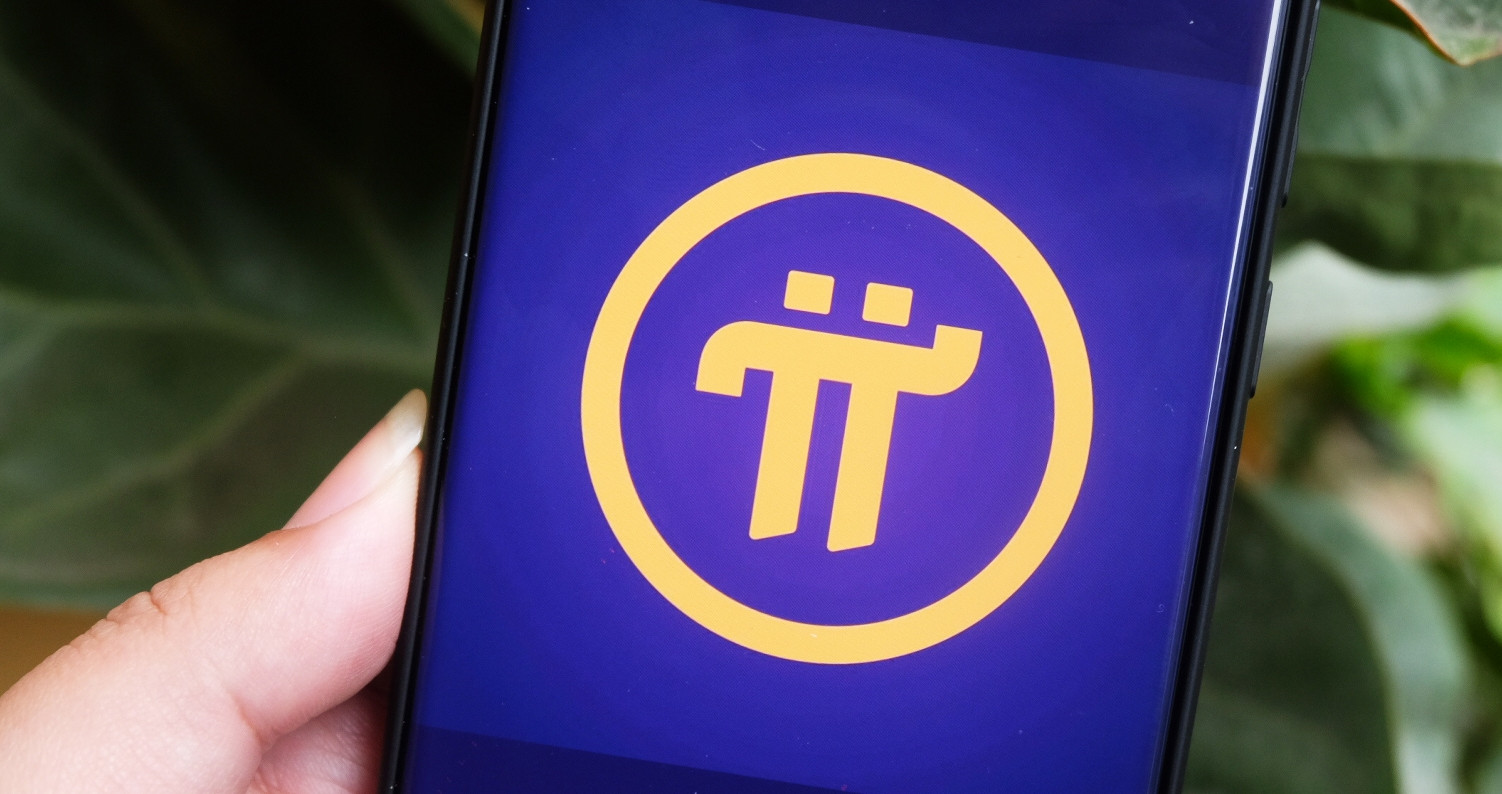

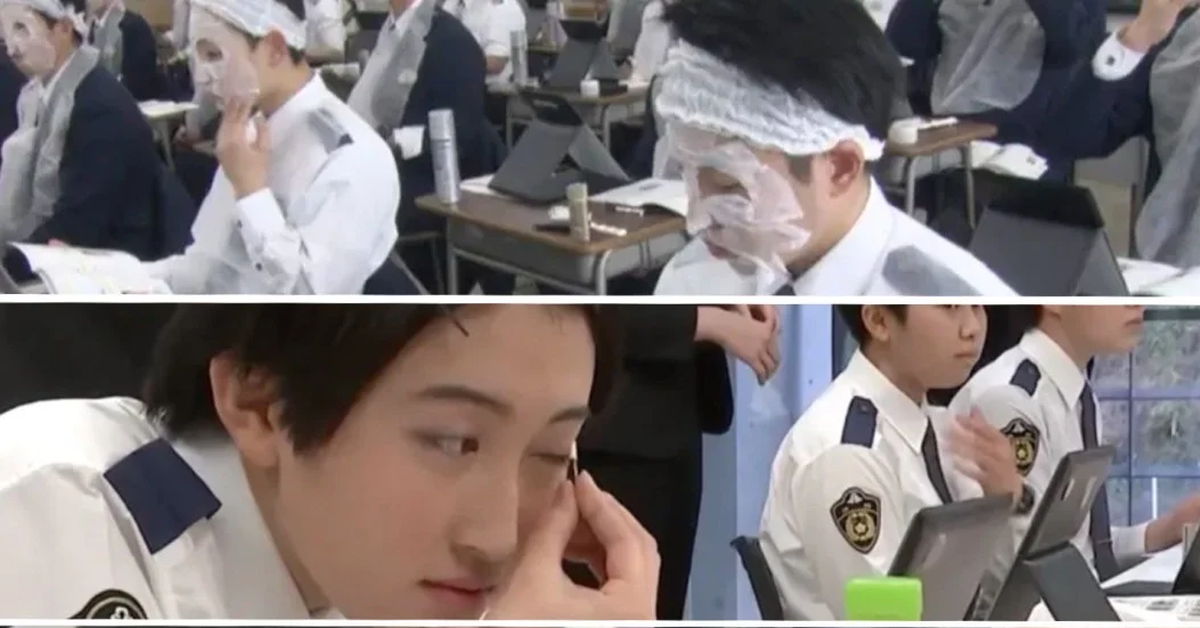

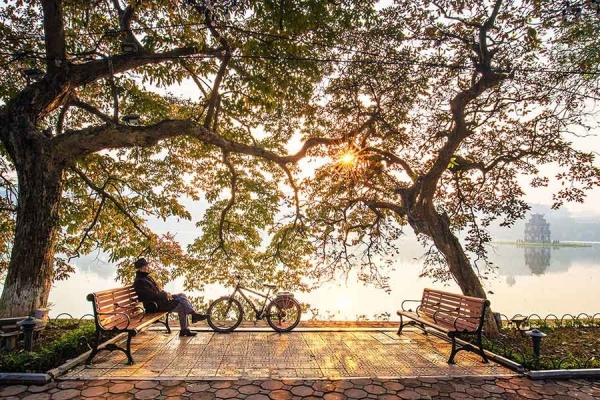

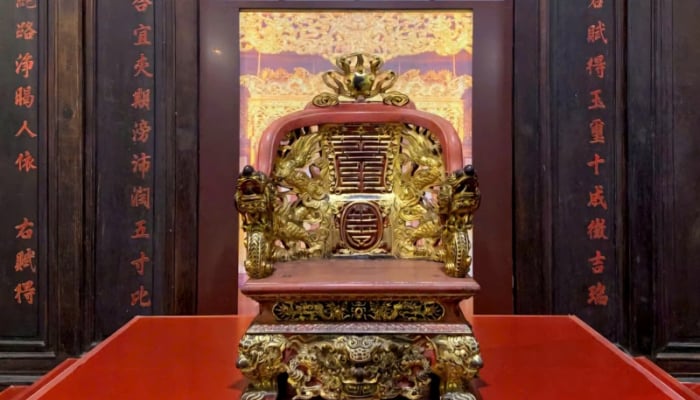


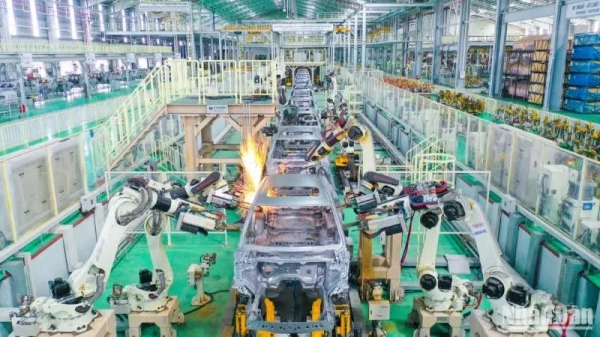


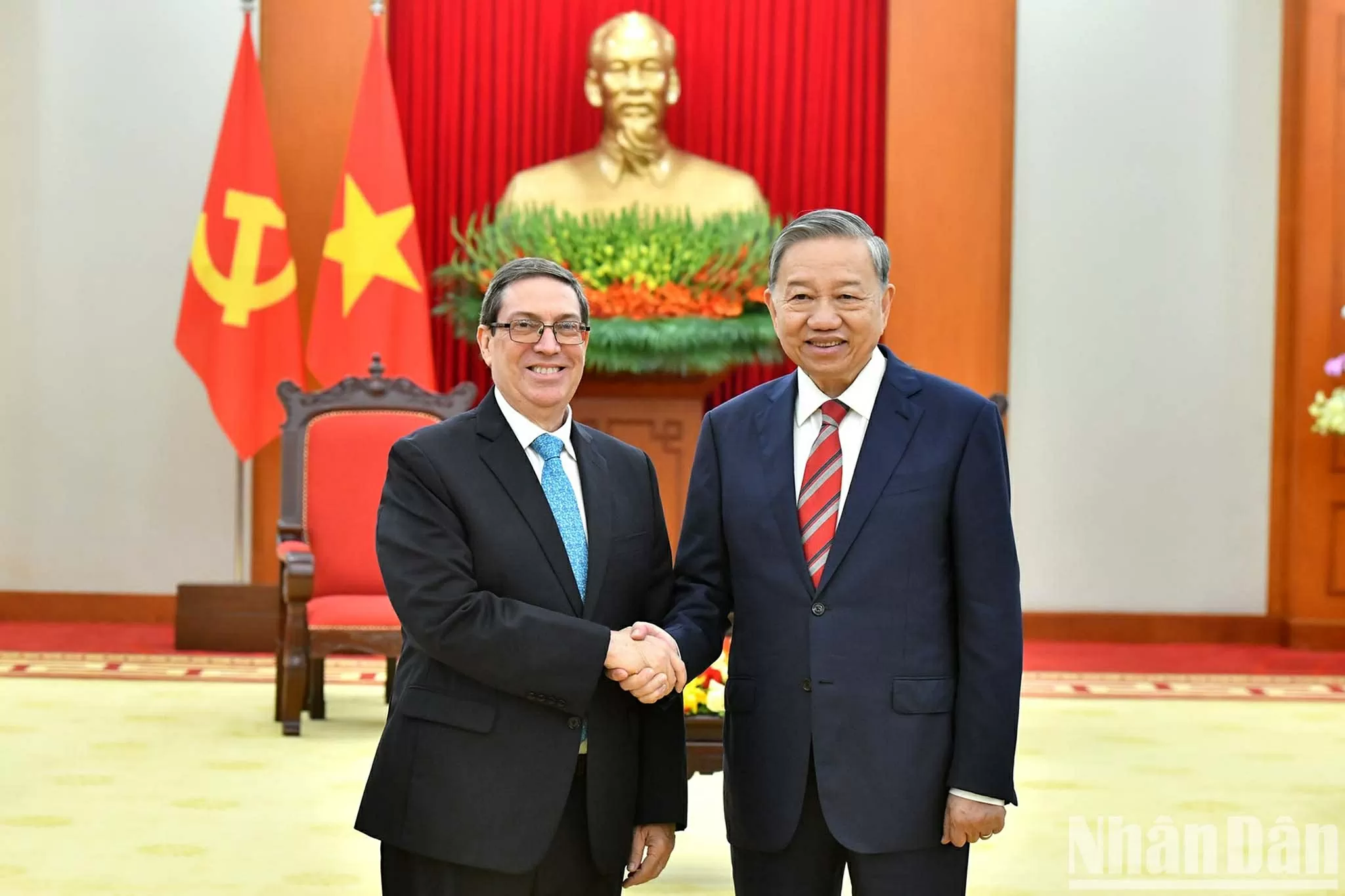
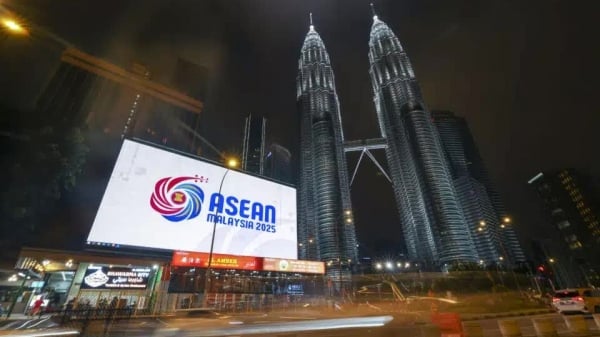
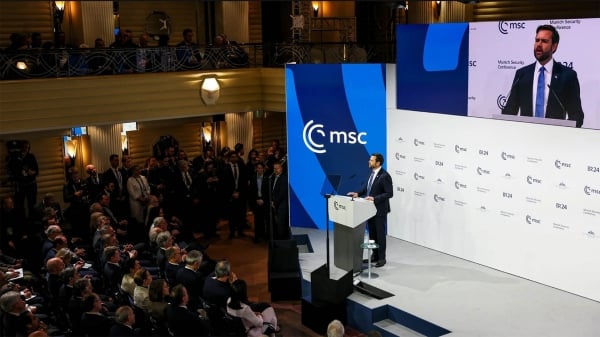
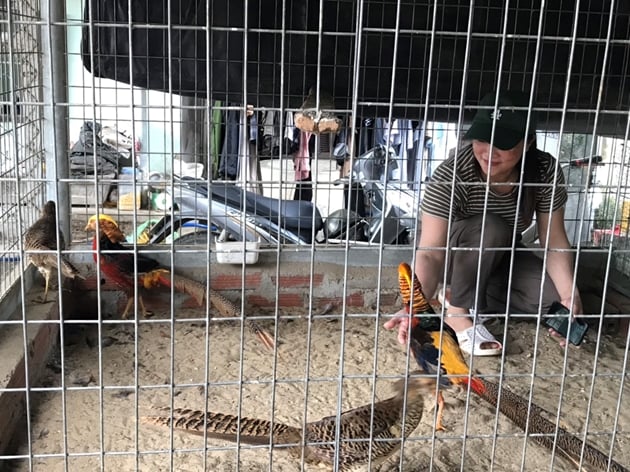



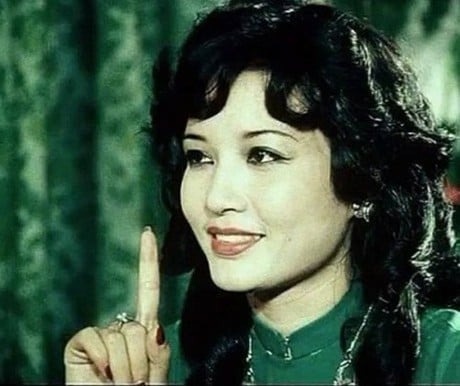


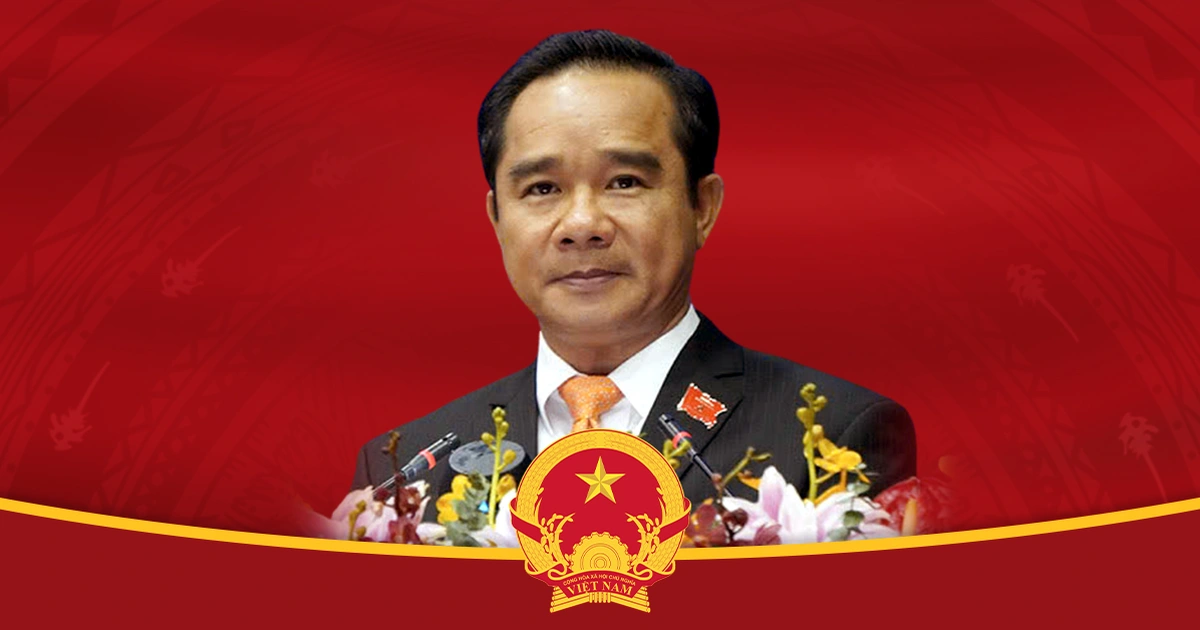


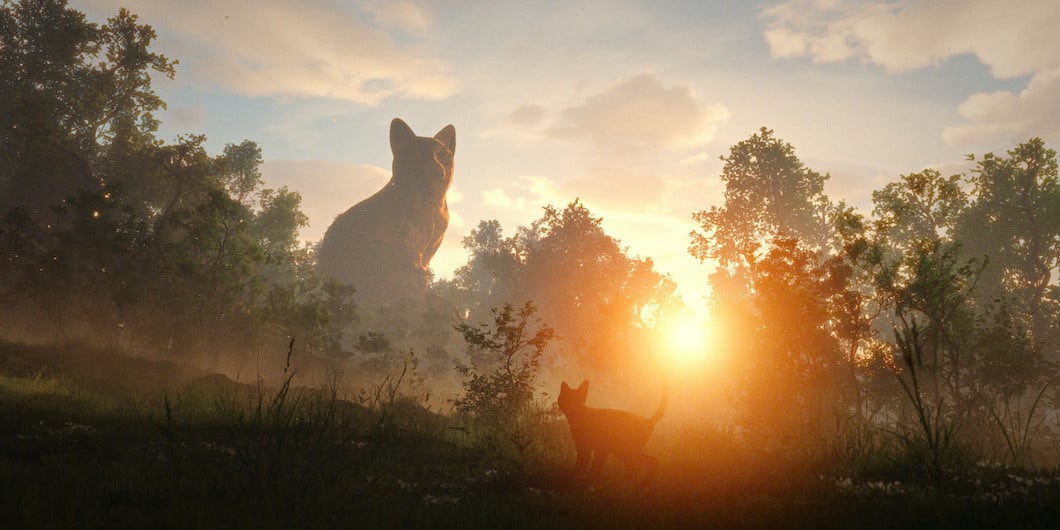
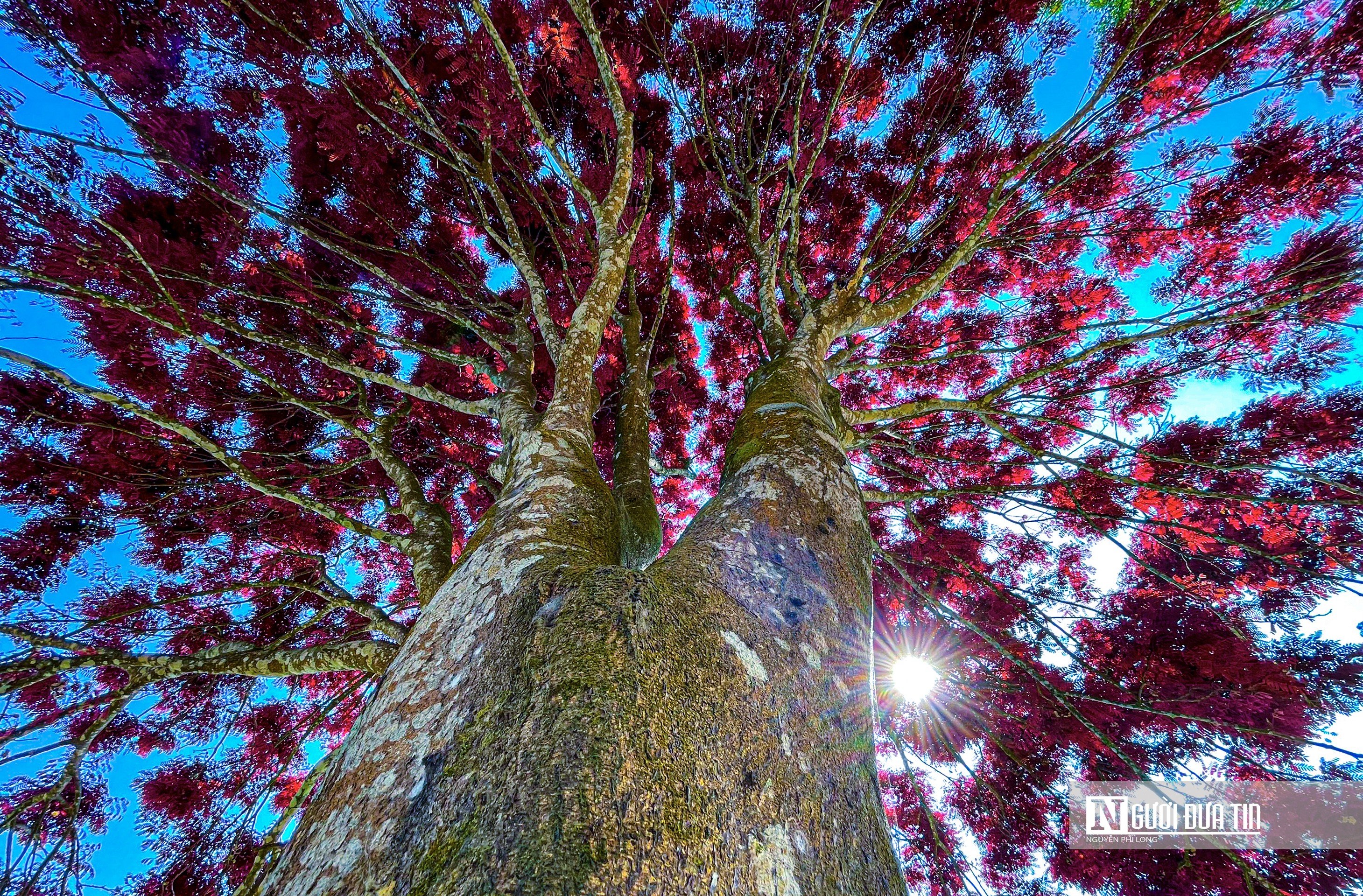
Comment (0)